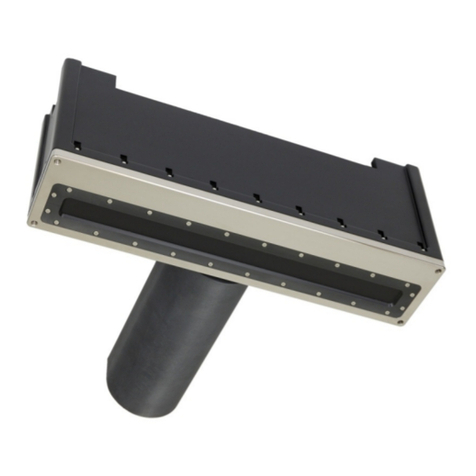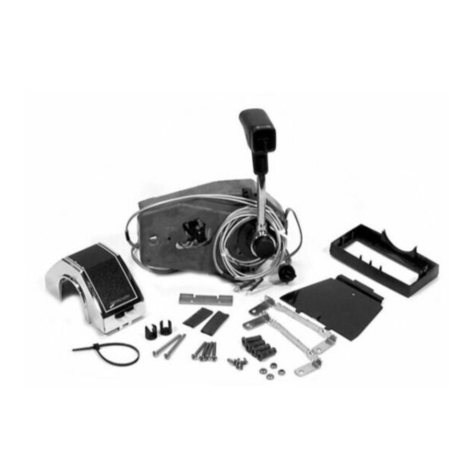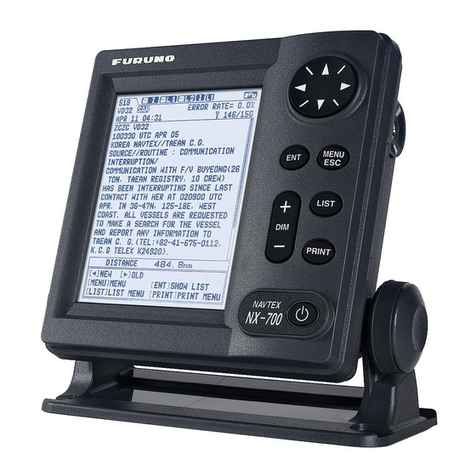
INSTRUCTION MANUAL
IS-D105
Intrinsically Safe Sounder
The IS-D105 is an ATEX and IECEx certified intrinsically safe
sounder which produces a loud warning signal in a
hazardous area. Forty-nine first stage alarm sounds can be
selected by internal switches and each one can be externally
changed to a second or third stage alarm sound. The
sounder may be used in all gas groups IIA, IIB and IIC. An IS-
DL105 intrinsically safe combined sounder and beacon is
also available.
2) Ratings and Markings
2.1 ATEX/IECEx certification
The IS-D105 sounder complies with the following standards:-
EN60079-0:2012 / IEC60079-0:2011
EN60079-11:2012 / IEC60079-11:2011
IEC 60079-26:2014
The EC-Type Examination Certificate SIRA 04ATEX2301X
has been issued by the Notified Body Sira. This confirms
compliance with the European ATEX Directive 94/9/EC for
Group II, Category 1 G equipment. The sounder carries the
Community Mark and subject to local codes of practice, may
be installed in any of the EEA member countries. The product
has also been approved to the IECEx scheme, Certificate no.
IECEx SIR04.0038X. This instruction sheet describes
installations which conform to EN60079-14:2008/IEC60079-
14:2007 Electrical Installation in Hazardous Areas. When
designing systems for installation outside the UK, the local
Code of Practice should be consulted.
The certification marking is as follows:
1) The certificate number has an ‘X’ suffix, which
indicates that the certificate contains one or more
special conditions for safe use. Those installing or
inspecting the equipment should refer to this section
of the certificate.
2) The equipment has not been assessed as a safety-
related device (as referred to by Directive 94/9/EC
Annex II, clause 1.5).
3) Installation of this equipment shall be carried out by
suitably-trained personnel in accordance with the
applicable code of practice.
4) Repair of this equipment shall only be carried out by
the manufacturer or in accordance with the
applicable code of practice.
5) The certification of this equipment relies on the
following materials used in its construction:
Enclosure: Aluminium Pressure Die Cast Body LM6
Sealing of Enclosure & Mechanism: ‘O’ Ring
If the equipment is likely to come into contact with
aggressive substances, then it is the responsibility of
the user to take suitable precautions that prevent it
from being adversely affected, thus ensuring that the
type of protection is not compromised.
“Aggressive substances” - e.g. acidic liquids or
gases that may attack metals, or solvents that may
affect polymeric materials.
“Suitable precautions” - e.g. regular checks as part
of routine inspections or establishing from the
material’s data sheet that it is resistant to specific
chemicals.
2.2 Zones, Gas Groups and Temperature Classification
The IS-D105 sounder has been certified Ex ia IIC T4 Ga.
When connected to an approved system it may be installed
in:
Zone 0 explosive gas air mixture
continuously present.
Zone 1 explosive gas air mixture likely to occur in
normal operation.
Zone 2 explosive gas air mixture not likely to occur,
and if it does, it will only exist for a short time.
Be used with gases in groups:
Group IIA propane
Group IIB ethylene
Group IIC hydrogen
Having a temperature classification of:
T1 450ºC
T2 300ºC
T3 200ºC
T4 135ºC
The IS-D105 sounder is CE marked for
compliance with the European
Explosive Atmospheres Directive
94/9/EC and the European EMC
Directive 89/336/EEC
II 1G Ex ia IIC T4 Ga (-40ºC <= Ta <= +60ºC)
www.acornfiresecurity.com
www.acornfiresecurity.com






















